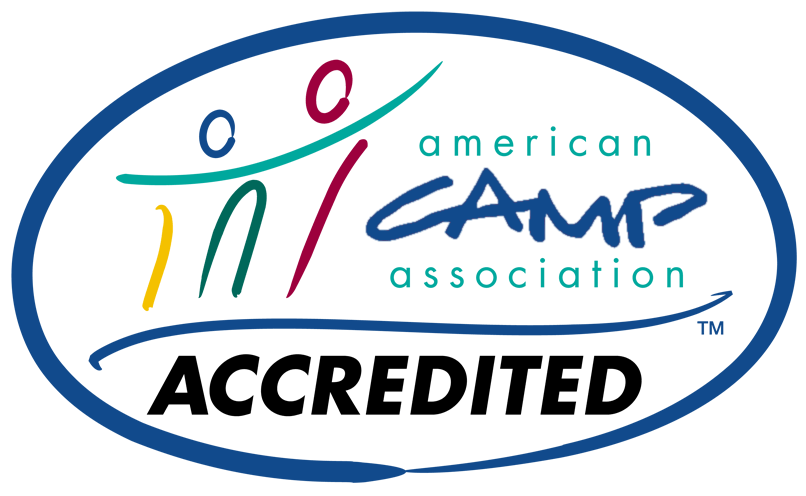How We Structure Summer Program
Camp Stevens operates the Adventure Group model. While each session may contain 140 or more campers, staff, and counselors the Adventure Group is made up of no more than 20 people total. This small group is the core of the Camp Stevens experience.
Aside from meals and daily Free Time after lunch, the Adventure group spends the rest of their time playing, learning and growing together. These small groups are valuable tools for learning about ourselves and others as well as a great place to have fun!
Outcomes of the Adventure Group Model
When the Adventure Model comes to life, our mission of inspiring, challenging and empowering personal, social, and environmental transformation is in action. We know our mission is being achieved when:
Participants leave with a greater sense of self-love, confidence, self-respect, awareness, spirituality, personal expression, creativity, and feeling energized to return to the world. (Personal Transformation)
Participants feel accepted as they are in a compassionate community, develop a greater sense of empathy and responsibility to others, experience a faith community where all are welcome, recognize their impact on others and are ready to create change in the world. (Social Transformation)
Participants live in harmony and close connection to the natural world, implement strategies towards a more sustainable earth, increase their awareness and wonder in creation, and build a desire to become stewards of the earth. (Environmental Transformation)
How Adventure Groups Work
The Adventure Group experience does not just happen. It takes careful planning by staff and counselors with good goal setting, brainstorming of activities, and strong communication throughout the week to ensure that everyone is healthy, happy, and challenged. The skills to execute this creative programming and intentional group development are learned during our 10-day Counselor Training Program and honed by experience working with groups.
About Adventure Groups
- Each Adventure Group is typically composed of one cabin (counselor and campers) from each hill plus one senior staff person.
- Each cabin has 6-9 campers plus their counselor or counselors.
- An Adventure Group has a maximum of 20 persons (including staff and counselors).
- Counselors and Staff will be at least two years older than all campers in their Adventure Group.
- Most campers in a group do not know each other yet, but some may have know someone from a previous year, church affiliation, or buddy request.
How We Spend Our Time
- The group gathers for the first time after Sunday dinner.
- The group works together to create “Norms” and make their meeting place feel like home.
- The group meets daily from Breakfast to Lunch and again after Free Time.
- Groups typically do two cook-out/overnights a week (some groups skip the first overnight and do a cook-out only in order to build confidence before the first overnight)
- Adventure groups typically do not do program with other groups. Inter-group interaction is set aside for free time, meals, all-camps, and community gatherings.
Phases of an Adventure Group
Phase 1 – INTRODUCTION – staff provides leadership to establish the membership of the group, making sure that everyone feels included and invested. Staff use get-acquainted activities; name games, initiative games, new games, value sharing, interviews, etc. and familiarize campers with camp’s resources and possibilities.
Phase 2 – INVOLVEMENT – staff leads but begin to draw out camper input as well, providing activities that nurture confidence and create a trusting climate in which campers feel free to share their feelings, ideas, and concerns. This typically involves teambuilding initiatives, ropes course, nature/garden exploration and group projects.
Phase 3 – ADVENTURE – Leadership is shared by campers and staff with the goal of exploring and creating as a team. At this point camper input has a huge say in how the group spends their time. Groups form new ideas and goals, create art and games, and work together to decide how to spend the remainder of their time at camp.
Phase 4 – CLOSURE – Leadership returns to staff as they guide campers through reflection of what they’ve just accomplished and how they connected over the course of the week. The last night of the session is spent celebrating and appreciating the time the group had together.
Free Time
Each day, campers have two hours after lunch to follow their own passions and get a little bit of space from group life. Campers can pursue activities like Archery, Arts and Crafts, Sports, Swimming, Tie Dye, Treehouse, and other counselor-led activities or relax in their cabins with counselor supervision.




